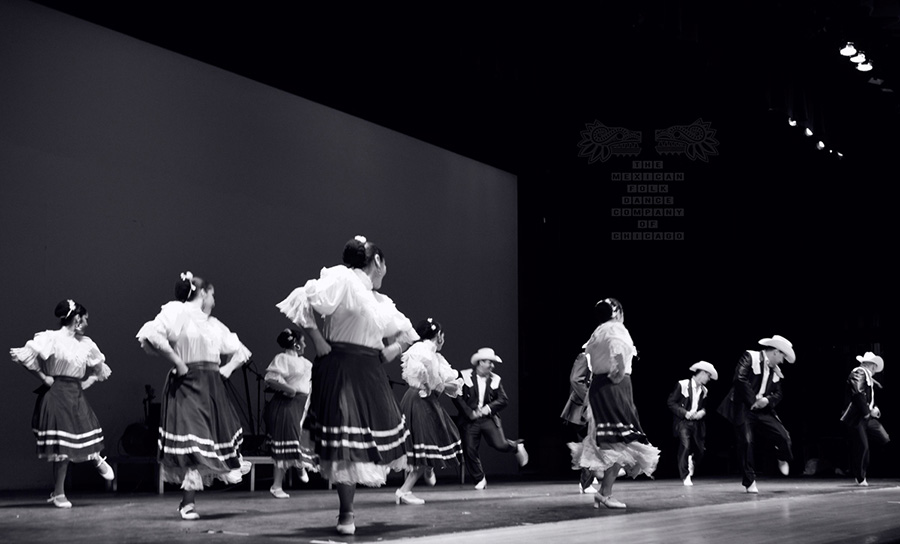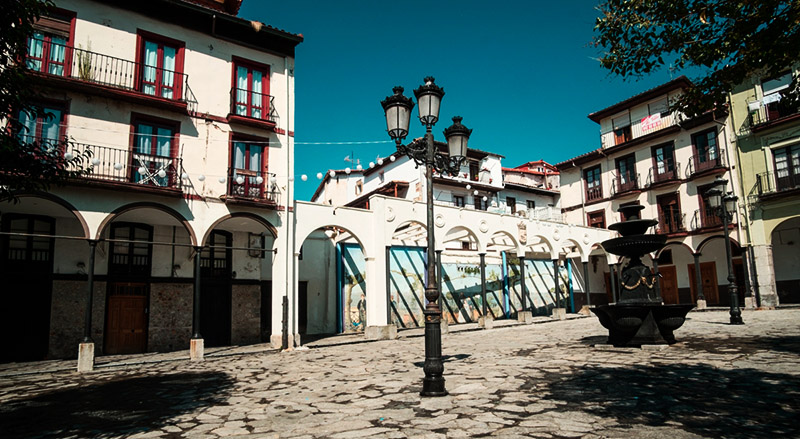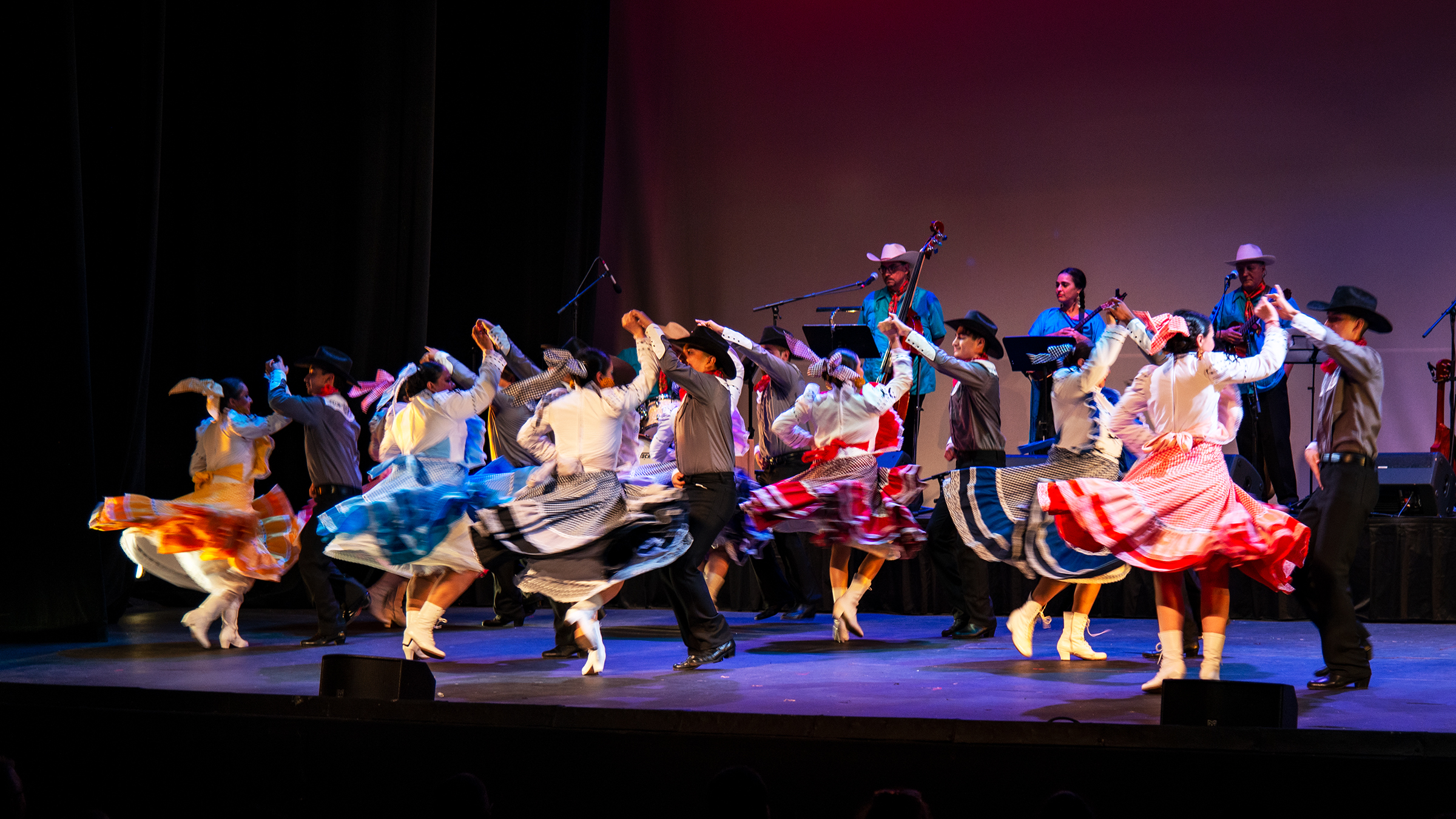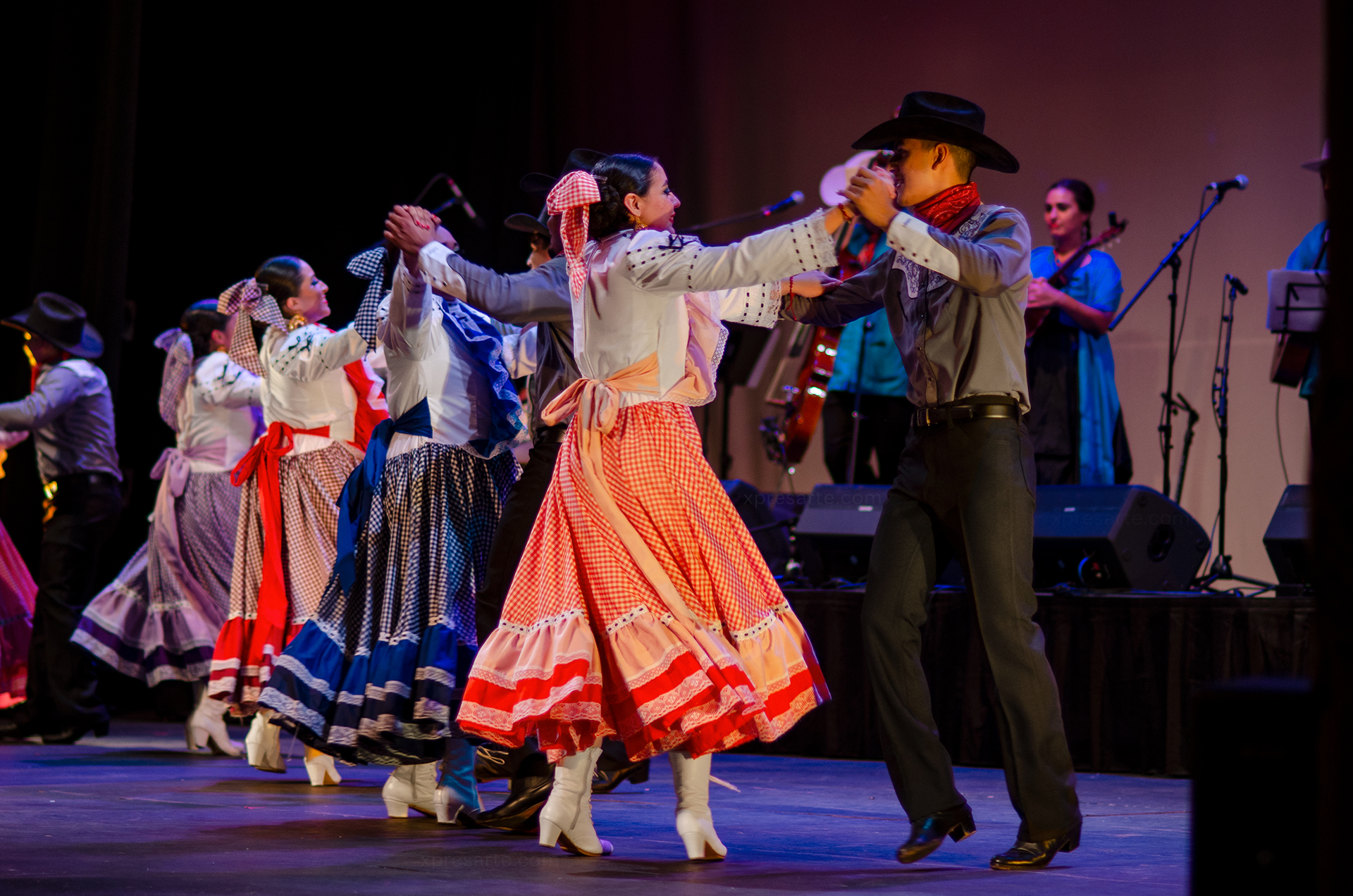Border Music and Dance
One last and perhaps most important fact about "El Norte" is that the revolution that overthrew the Porfirian regime in 1910 was born here...In "Paso del Norte" (Ciudad Juarez Chihuahua today) on November 20. The revolution reshaped every social, economic and political aspect of Mexican life, and gave Mexicans the possibility of a hybrid local identity, not segregated into European or Indigenous anymore, just Mexican and unique.
The Czechoslovakian Polka, The Polish Mazurka and Redowa, The Scottish Schottische, English Square dancing, and the Austrian Waltzen were brought into Mexico as ballroom dancing by the silly Mexican aristocracy of the early to mid-1800's. By the time Don Porfirio Diaz took power (1870), there were already many local compositions inspired by these rhythms. The lower classes, still in servitude, mocked the rich and their snotty rhythms giving them a political-comical twist, creating thus the ubiquitous "Mexican polka" and the musical narrating "corridos".
As the flame of the revolution ran rampant in the North, the Polka and the corrido became a sort of musical newspapers, since most people were illiterate at the time. Most polkas and corridos created then took on famous female soldier names: Adelita, Marieta, Juana Gallo, Rielera, Revolcada, Jesusita, etc. The dancing took on local characteristics, and the dress fashions of the late 1800's, early 1900's American frontier settlers.
Before the revolution, the German settlers of Texas brought in their own musical instruments: the accordion, the sax, and bass guitar and the original taste of these rhythms, which were immediately absorbed and adopted by the locals creating the "conjunto" out of these elements. Border music is still en vogue today, dancing and the men's outfit have suffered little or no change. The polkas, redovas, mazurkas, schottische, the waltz, and the corrido are still big favorites in Northern Mexico and Southern U.S. one hundred years after their introduction into Mexico and boasting a proud history that tells about the joys and sorrows of norteños.




